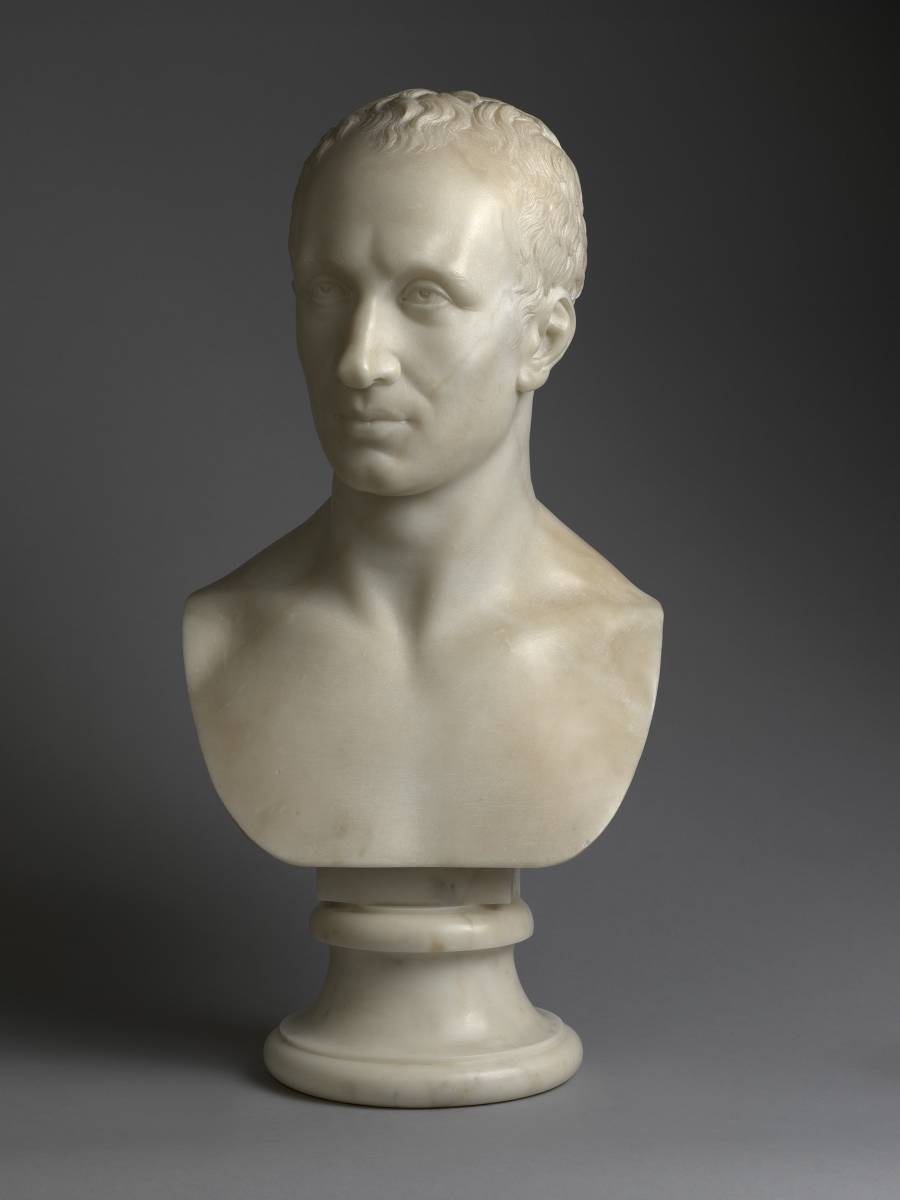Major acquisition by theArt Institute of Chicago , which secures theSelf-Portrait of Antonio D’Este (Burano, 1755 - Rome, 1837), Antonio Canova’s favorite pupil and main collaborator. Making the announcement on his Instagram profile is Emerson Bowyer, Senior Curator of European Painting and Sculpture at the U.S. museum, who calls the work “a masterful example of neoclassical portraiture in early 19th-century Rome.” The purchase was made possible through resources provided by two museum supporters, Jonathan and Ute Kagan.
Antonio D’Este’sSelf-Portrait was in a private collection until 2019, after which it was sold by its owners to Lowell Libson & Jonny Yarker Gallery in London, before being purchased by the Chicago museum. The marble bust is signed by Antonio D’Este and dated 1810, the year the artist was elected a member of the Accademia di San Luca in Rome.

D’Este devoted the second half of his career to directing Canova’s workshop. And like Canova’s, D’Este’s career combined an interest in antiquity with an innovative approach to neoclassicism: in fact, the artist produced a series of antique-inspired sculptures that consciously developed Canova’s aesthetic. D’Este’s work with antiquities saw him produce several spectacular groups giving neoclassical traits to the remains of classical marbles, thus positioning himself as the heir to the work of the 18th-century sculptor Bartolomeo Cavaceppi. But while Cavaceppi worked exclusively as a commercial restorer, D’Este became conservator of the Vatican Museums and in 1815 director of the institute, as well as a highly respected sculptor. This excellently preserved bust demonstrates D’Este’s qualities as a portraitist, as well as his sensitive adaptation of ancient forms to modern portraiture.
D’Este was born in Venice where he trained in the studio of Giuseppe Bernardi, known as Torretti. It was in Bernardi’s studio that he met the young Antonio Canova, beginning a friendship and professional collaboration that lasted for the rest of their lives. In October 1773 D’Este accompanied Canova to Possagno, where he witnessed the creation of Canova’s first major sculptural group, his statue of Eurydice now in the Museo Correr in Venice. D’Este arrived in Rome in 1775 where he entered the studio of Ferdinando Lisandroni. In 1787 D’Este set up his own studio at the church of Sant’Ignazio, next to the Gabrielli-Borromeo palace. D’Este became an important restorer and dealer in antiquities, selling sculptures to some of the most important collectors of the time. He specialized in restoring antiquities (often with interventions that we would judge today as invasive, but which were entirely licit for the mentality of the time), but he also knew how to invent several original works.
 |
| Art Institute of Chicago acquires important self-portrait by Antonio D'Este |
Warning: the translation into English of the original Italian article was created using automatic tools. We undertake to review all articles, but we do not guarantee the total absence of inaccuracies in the translation due to the program. You can find the original by clicking on the ITA button. If you find any mistake,please contact us.